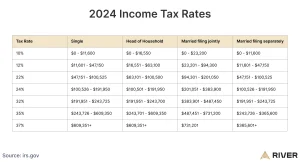The demand for and supply of external financing are intertwined in the domestic financial system. Private spending and debt are two of the most important components of private sector balance sheets, and the domestic financial sector is one of the main protagonists of boom-bust cycles. An external lending boom enables domestic credit expansion and private sector spending. Conversely, an overhang in private sector debt triggers a contraction in lending and portfolio deterioration.
The volatility of external financial cycles has a pro-cyclical pattern that is reflected in variations in the supply of financing and a corresponding pro-cyclical pattern in the maturities and spreads. These cycles have been present over the past three decades, and their effects can be seen in the net flows of capital. This volatility is also reflected in the variations in interest rates and asset prices. Therefore, a more comprehensive examination of these factors is needed to understand why some countries are experiencing a boom-bust cycle and which countries have not.







More Stories
Your Financial Co-Pilot is Here: How AI is Reshaping Personal Finance
The Importance of Sector Rotation in Seasonal Investing
Understanding the Importance of Insurance Planning